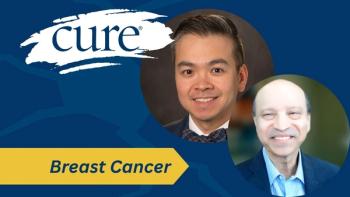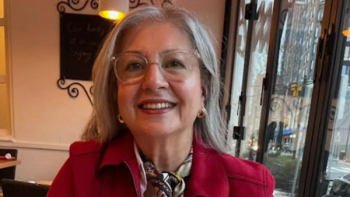
- Spring 2019
- Volume 18
- Issue 2
The Road Forward for Medical Cannabis is a Complicated One
In this issue of CURE®, we tackle the controversial topic of medical cannabis.
In this issue of CURE®, we tackle the controversial topic of medical cannabis. The story of this substance begins with social and cultural aspects, since the recent interest and scientific inquiry regarding the benefits of cannabis, or marijuana derivatives, came well after there had been a cultural connotation. Cannabis has swung from being commonly used in many countries centuries ago to being outlawed in most of the world, and then more recently, in the U.S., becoming decriminalized and even legalized for recreational use in many states. However, it remains illegal under federal law and therefore tightly regulated for research using federal funding.
The history of medical cannabis is based on biology, as cells in the body — both in the brain and in normal and cancer cells — have receptors that bind to compounds called cannabinoids; these compounds are made in our bodies, but also are similar to molecules made by cannabis plants. The effect of cannabis on the brain has been felt to improve well-being and relaxation, and postulated to help with depression, nausea and appetite loss — all representing unmet needs in patients with cancer. Additionally, when certain cancer cells express these recep­tors, cannabinoids derived from cannabis have been shown in the laboratory to inhibit their growth.
Given this backdrop, information from rigorously performed research is woefully insufficient to support the theory and popular cultural perception of benefits and harms from cannabis. There are, however, some pockets of evidence that cannabis has medical value, such as the approval by the Food and Drug Administration of CBD (cannabidiol) — one of the nonpsychoac­tive components of cannabis — to treat certain seizure disorders in children and adolescents.
We must not lose momentum in researching medical cannabis, given its huge potential, but to do so, it must be separated from the popular culture. Controlled trials with meaningful end points such as quality of life, side effects and even cancer outcomes, as is the case with other experimental cancer drugs, must be done. A few trials are beginning to emerge, but barriers persist — among them, the same problem with funding that exists for other nonpatentable natural products, making them unattractive to the pharmaceutical industry. Here is where advocacy from patients, legislators, the health care industry and our entrepreneurial community might together make real and responsible progress.
Articles in this issue
over 6 years ago
Striking a Match: Pairing Patients with Survivor Mentorsover 6 years ago
Making Lemonade: When Life Hands You a BRCA Misdiagnosisover 6 years ago
Running in the Familyover 6 years ago
Flower Power: Medical Cannabis for Cancer Side Effect Managementover 6 years ago
Settling the Stomach: Emerging Treatments for Gastric Cancerover 6 years ago
Comments From Our Readers on Recent CURE Publications




